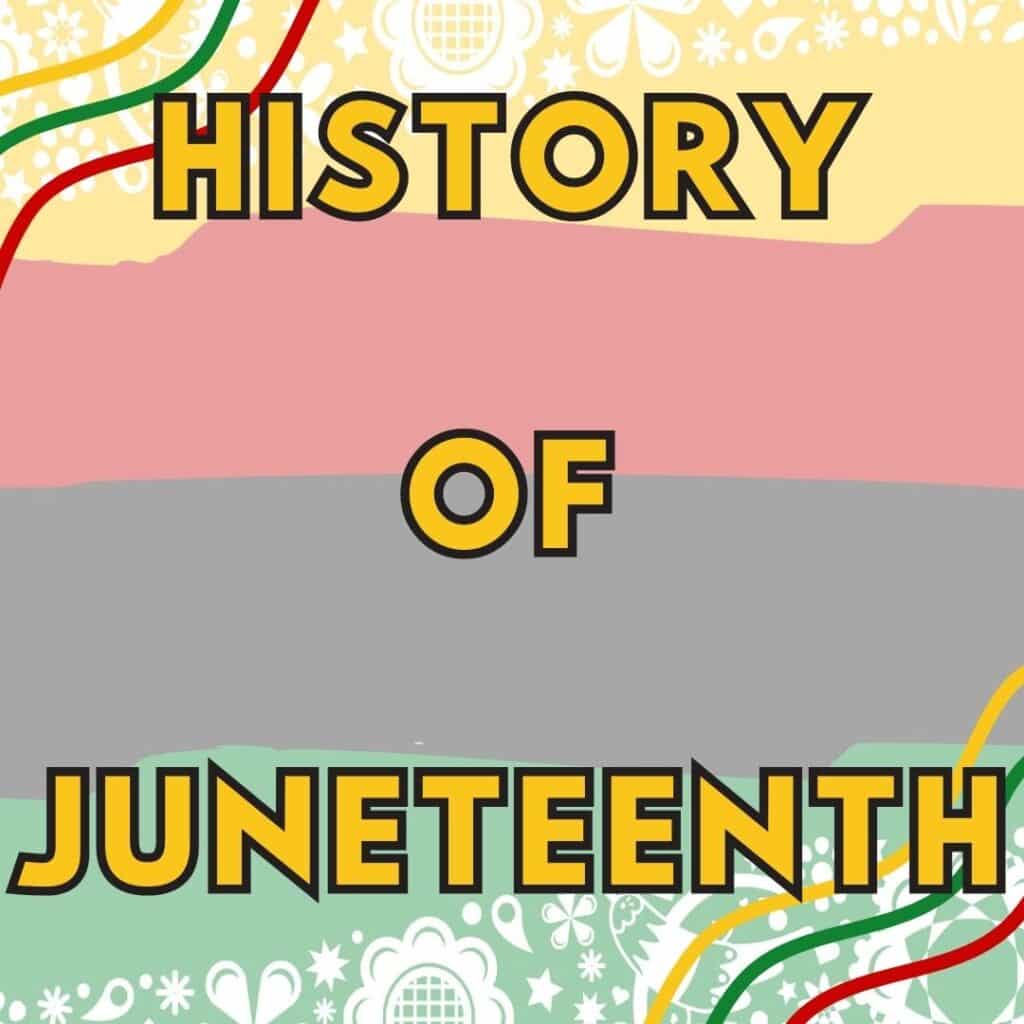
Groundhog’s Day!
Picture this, a rodent with a funny name and the ability to predict the remainder of the winter season by just coming out of his little hidey-hole. Now, add top hats, and you’ve got a national holiday called Groundhog’s Day!
We Americans love to celebrate holidays, and we’ve got some great ones! They are a time to get together with friends and family and enjoy each other’s company. Sure there’s New Year’s Day, Labor Day, and even Thanksgiving, which are all dignified and fancy affairs, but a day to celebrate a buck-toothed, furry little forecasting rodent named Punxatony Phil? Now that’s a holiday! There’s even a whole movie about it! (Thanks Bill Murray!) Because it’s such an odd holiday, students love to learn about it!
Many think that Groundhog’s Day is a holiday bourne out of Colonial America, Pennsylvania specifically, but it’s actually much older than that. In fact, Groundhog’s Day goes back to the Celts, who called it Imbolc and was a pagan festival to celebrate the beginning of spring. Then, Imbolc morphed into the Christian version of Candlemas, which symbolizes the presentation of Jesus in Jerusalem. It’s the Germans who integrated badgers and other small creatures into the legendary holiday. When they came to Pennsylvania in the 1700s 1800s, they brought with them the tradition of investigating shadows and predicting spring’s arrival.
To celebrate (and learn about) this holiday, I created a fun little set of digital notebook activities designed to get students excited about learning a small (albeit weird) piece of U.S. tradition and includes details about its origins, historical variations, and current celebratory traditions. It’s called the History of Groundhog Day, and the best part is that it’s totally free! In this resource, students will have the opportunity to watch a fascinating video that provides all the details about the holiday and its traditions. They will also be able to complete a self-driven WebQuest (a fan favorite of all students) to discover even more, and then use everything they’ve learned and practice their writing and summarization skills to conclude the activity.
Accuracy
One question students will always ask is how many times has Phil been accurate? Well,
Punxatony Phil has been accurate about 40% of the time, Despite his low success rate, the tradition continues each year.
Whether you’re looking for a transition activity between units or an extension or enrichment activity for your Colonial America unit, this resource will be a favorite in your classroom and one you will want to repeat each year! If you decide to download it, be sure to let me know how you used it in your classroom and how your students enjoyed it!
Looking for more?
| Cookie | Duration | Description |
|---|---|---|
| cookielawinfo-checbox-analytics | 11 months | This cookie is set by GDPR Cookie Consent plugin. The cookie is used to store the user consent for the cookies in the category "Analytics". |
| cookielawinfo-checbox-functional | 11 months | The cookie is set by GDPR cookie consent to record the user consent for the cookies in the category "Functional". |
| cookielawinfo-checbox-others | 11 months | This cookie is set by GDPR Cookie Consent plugin. The cookie is used to store the user consent for the cookies in the category "Other. |
| cookielawinfo-checkbox-necessary | 11 months | This cookie is set by GDPR Cookie Consent plugin. The cookies is used to store the user consent for the cookies in the category "Necessary". |
| cookielawinfo-checkbox-performance | 11 months | This cookie is set by GDPR Cookie Consent plugin. The cookie is used to store the user consent for the cookies in the category "Performance". |
| viewed_cookie_policy | 11 months | The cookie is set by the GDPR Cookie Consent plugin and is used to store whether or not user has consented to the use of cookies. It does not store any personal data. |